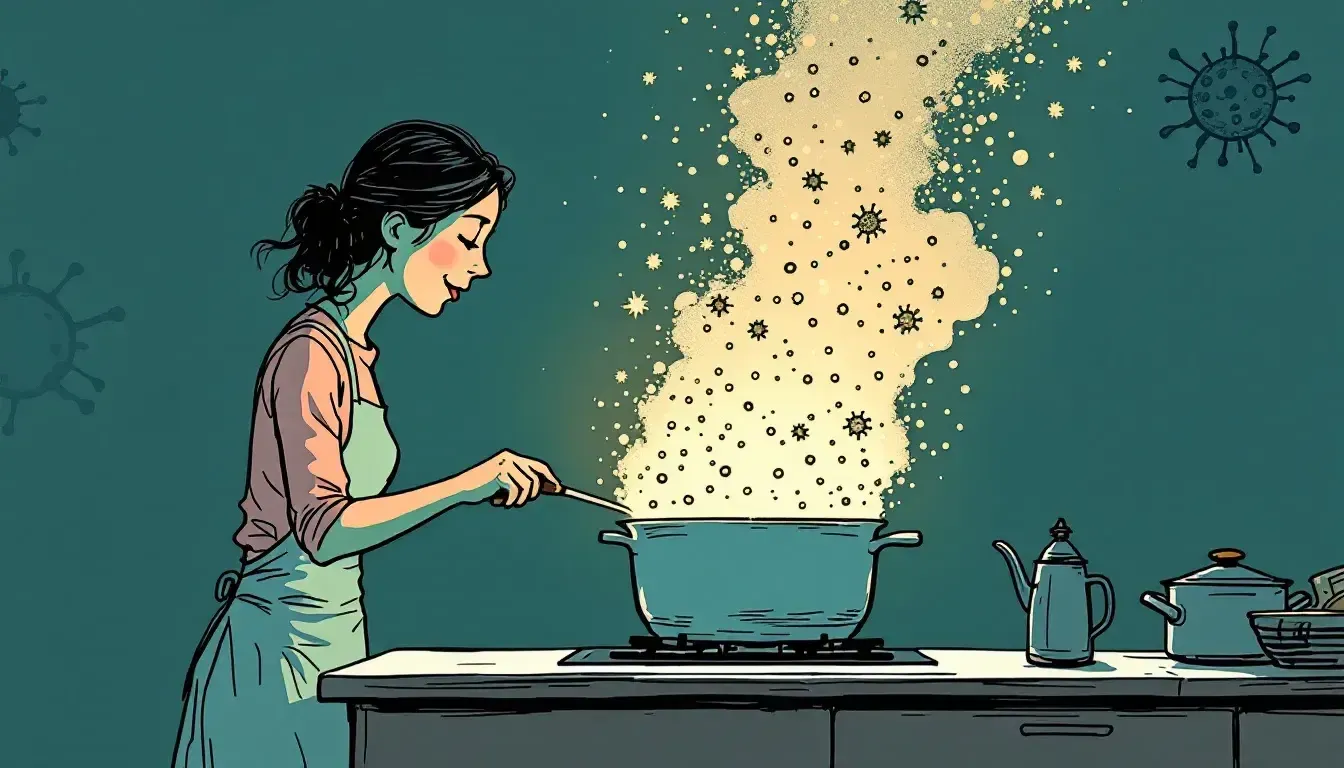The Cook's Invisible Impact

Rea,
Sometimes the biggest effects we have on others are ones we can’t even see. Back in 1906, this was a lesson that took everyone by surprise - including a cook named Mary Mallon who worked in New York City.
Mary was great at her job. She made delicious food for wealthy families across the city. But something strange kept happening: a few weeks after she started working somewhere, people would get very sick with typhoid fever. The weird part? Mary felt perfectly fine.
A doctor named George Soper noticed a pattern. He looked at all the typhoid fever cases in New York and found that Mary had cooked for every family that got sick. In just seven years, she had worked in eight houses - and 53 people had gotten ill.
Dr. Soper tried to explain to Mary that even though she felt healthy, she was carrying typhoid fever germs that could make other people sick. Mary didn’t believe him. After all, how could she make others sick when she felt fine? It didn’t make sense.
But Dr. Soper had proof. He found that Mary was the first person ever discovered who could spread typhoid fever without being sick herself. Scientists called this being a “healthy carrier” - someone who carries germs without showing any signs of illness.
This discovery changed everything people knew about how diseases spread. Before Mary’s case, nobody knew that healthy people could spread germs. It led to new rules about hand washing and food safety that are still used today.
The most important lesson wasn’t just about germs - it was about how our actions can affect others in ways we might not see. Just like Mary couldn’t see the germs she was spreading, we don’t always see how our choices impact the people around us.
Love, Abba
P.S. Next time you wash your hands before eating, remember: taking care of the invisible things is just as important as the ones we can see.

